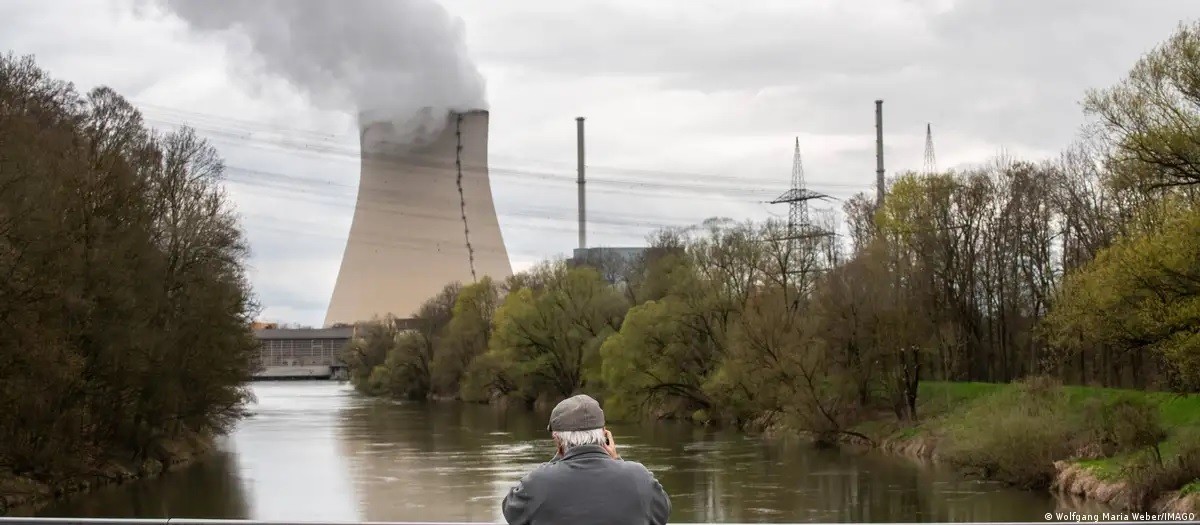 |
| The Isar 2 nuclear power plant in Germany will shut down on April 15, 2023. (Source: MAGO) |
In April 2023, Berlin took its last three nuclear power plants off the grid, consigning the technology to “history.” The three plants to be shut down are Isar II, Emsland and Neckarwestheim II.
Nuclear fission was once considered the future. In the early 1960s, politicians and scientists in Germany thought it would provide an endless supply of electricity without polluting the air. At the time, there was little discussion about the risk of nuclear accidents.
Greenpeace nuclear energy expert Heinz Smital said that politicians were excited at the time: “Nuclear energy benefited from the fact that countries were interested in the technology because of nuclear weapons. Energy companies were not.”
“In the 1960s, Germany was still in the ‘economic miracle’ mode. There was a huge and almost naive faith in technology,” added Jochen Flasbarth, State Secretary at the Ministry of Development.
At the time, much of Germany’s air was dirty and the skies were often overcast, especially in the heavily industrialized western Ruhr region, where much of the steel and coal industries were concentrated. Coal-fired power plants were an important source of electricity. Nuclear power was an obvious alternative, promising a “clean” source of energy.
Similar thinking took place in the former East Germany, where the first commercial nuclear power plant went into operation in 1961. In the following years, a total of 37 nuclear reactors came online.
Three Mile Island and Chernobyl Incidents
Attitudes changed in the 1970s. Activists from the growing environmental movement at the time protested at construction sites of new nuclear power plants.
In 1979, the Three Mile Island nuclear power plant in the United States suffered the world's worst accident to date. "The nuclear euphoria is increasingly giving way to the realization that nuclear energy is not something we can control," said Steffi Lemke of the Green Party, Germany's Federal Environment Minister.
Seven years after the nuclear power plant accident in the United States, the Chernobyl disaster occurred in Ukraine, then part of the Soviet Union. On April 26, 1986, a reactor explosion caused the worst nuclear accident in history in terms of cost and casualties. The area remains contaminated to this day and the consequences are still unresolved.
The Chernobyl disaster contributed to growing skepticism about nuclear power in Germany. “The construction of power plants collapsed afterwards. There were plans to build 60 nuclear power plants in Germany alone,” said Heinz Smital of Greenpeace.
In 1980, the Green Party emerged from the anti-nuclear movement. Closing nuclear reactors was a core part of its program.
In 1983, the party entered the German Bundestag. In 1998, the Greens became part of a governing coalition for the first time, joining the Social Democrats (SPD). The two parties moved to phase out nuclear power, in the face of fierce resistance from the center-right Christian Democrats (CDU) and the Christian Social Union (CSU), the latter of which called for a "phased out".
But in 2011, the CDU and CSU changed their stance after the nuclear disaster in Fukushima, Japan. Chancellor Angela Merkel announced an end to nuclear power in Germany.
The last reactor in the Western European country is due to shut down in April 2023.
Call for more factories
Since then, the CDU and CSU have changed their stance on nuclear energy. Many in the party are now calling for new reactors to be built.
CDU leader Friedrich Merz said the closure of the last reactors was a "dark day for Germany".
The parties also argued that old reactors should be reconnected to the grid. Mr Merz said the country should restart its last three decommissioned power plants – citing rising oil and gas prices.
However, those proposals have not received much support from energy companies in Europe's leading economy.
Environment Minister Steffi Lemke was not surprised, saying: "Energy companies have long since adjusted and today they still reject nuclear energy in Germany. Nuclear energy is a high-risk technology, the radioactive waste will remain toxic for thousands of years and will be a problem for many generations."
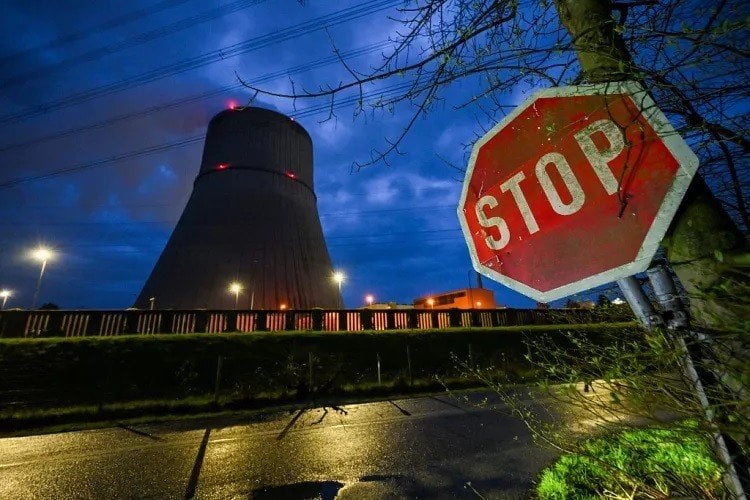 |
| A stop sign outside the Emsland nuclear power plant in Lingen, western Germany. (Source: AFP) |
Nuclear energy worldwide
There are currently 412 reactors in operation worldwide, spread across 32 countries. Over the years, some new reactors have been built, while others have been retired, so the number has remained relatively constant.
Countries such as China, France and the UK have announced new construction projects. Meanwhile, some countries intend to build small, modern reactors.
According to Greenpeace expert Smital, small reactors are often focused on military purposes rather than energy production.
"One of them is in North Korea. This place produces fuel for the entire nuclear weapons program of the country. The problem is not economic efficiency. I see great danger in these small reactors," he said.
Waste storage problem
In Germany, the question of where to store dangerous nuclear waste remains unresolved. The material has long been stored in temporary facilities near nuclear power plants. But this is not a long-term solution.
Authorities have to find a suitable site, select it, and conduct test drilling. Local communities, who do not want nuclear waste buried anywhere near them, often object. Finding the funding to do so and the time it takes are difficult.
“I can’t make any estimates at the moment,” said Dagmar Dehmer of the government’s nuclear waste agency. “We have to look at a number of areas. Drilling for nuclear waste storage costs millions of euros. The assessment alone costs around 5 million euros.”
The agency estimates that a nuclear waste storage facility could be operational by 2046. Some experts say the total cost of building the facility would be around 5.5 billion euros ($6 billion).
Is nuclear power making a comeback in Germany?
Environment Minister Lemke believes that economic viability will determine whether the country returns to nuclear power.
“No power company will build a nuclear plant in Germany because the costs are too high,” said Ms. Lemke. “Nuclear power plants can only be built with huge public subsidies and implicit subsidies, including partial exemptions from insurance requirements.”
At present, it seems that nuclear energy is really history in Germany.
Source







![[Photo] National Assembly Chairman Tran Thanh Man attends the Party Congress of the Committee for Culture and Social Affairs](https://vphoto.vietnam.vn/thumb/1200x675/vietnam/resource/IMAGE/2025/5/11/f5ed02beb9404bca998a08b34ef255a6)
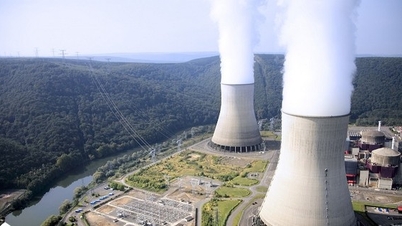




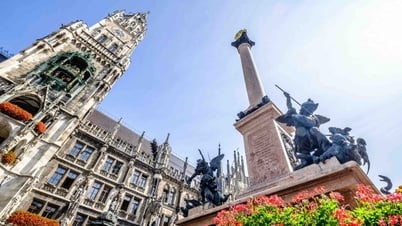


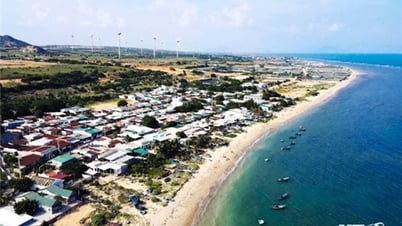




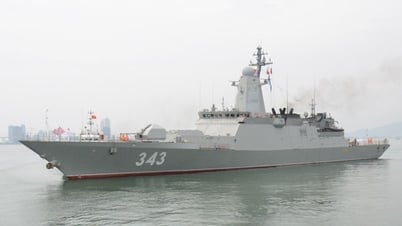









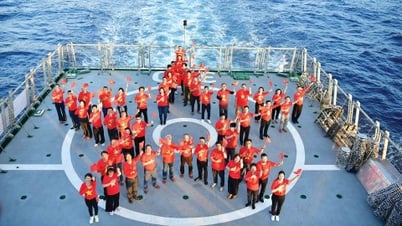


![[Photo] Discover the beautiful scenery of Wulingyuan in Zhangjiajie, China](https://vphoto.vietnam.vn/thumb/1200x675/vietnam/resource/IMAGE/2025/5/11/1207318fb0b0467fb0f5ea4869da5517)
![[Photo] National Assembly Chairman works with leaders of Can Tho city, Hau Giang and Soc Trang provinces](https://vphoto.vietnam.vn/thumb/1200x675/vietnam/resource/IMAGE/2025/5/11/c40b0aead4bd43c8ba1f48d2de40720e)




























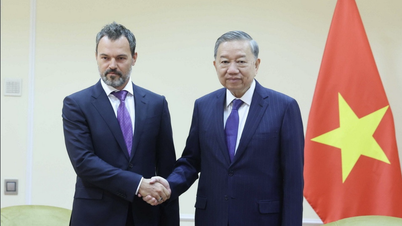

















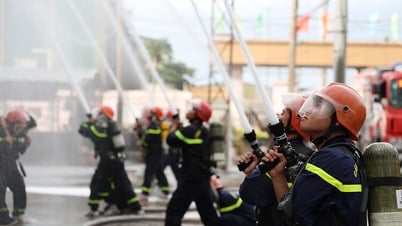



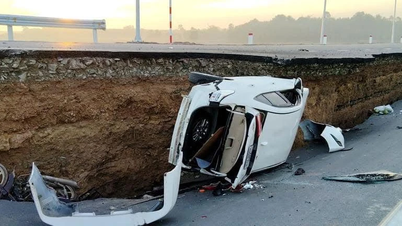

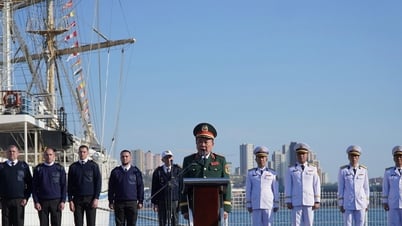

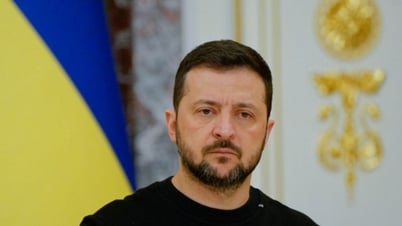









Comment (0)